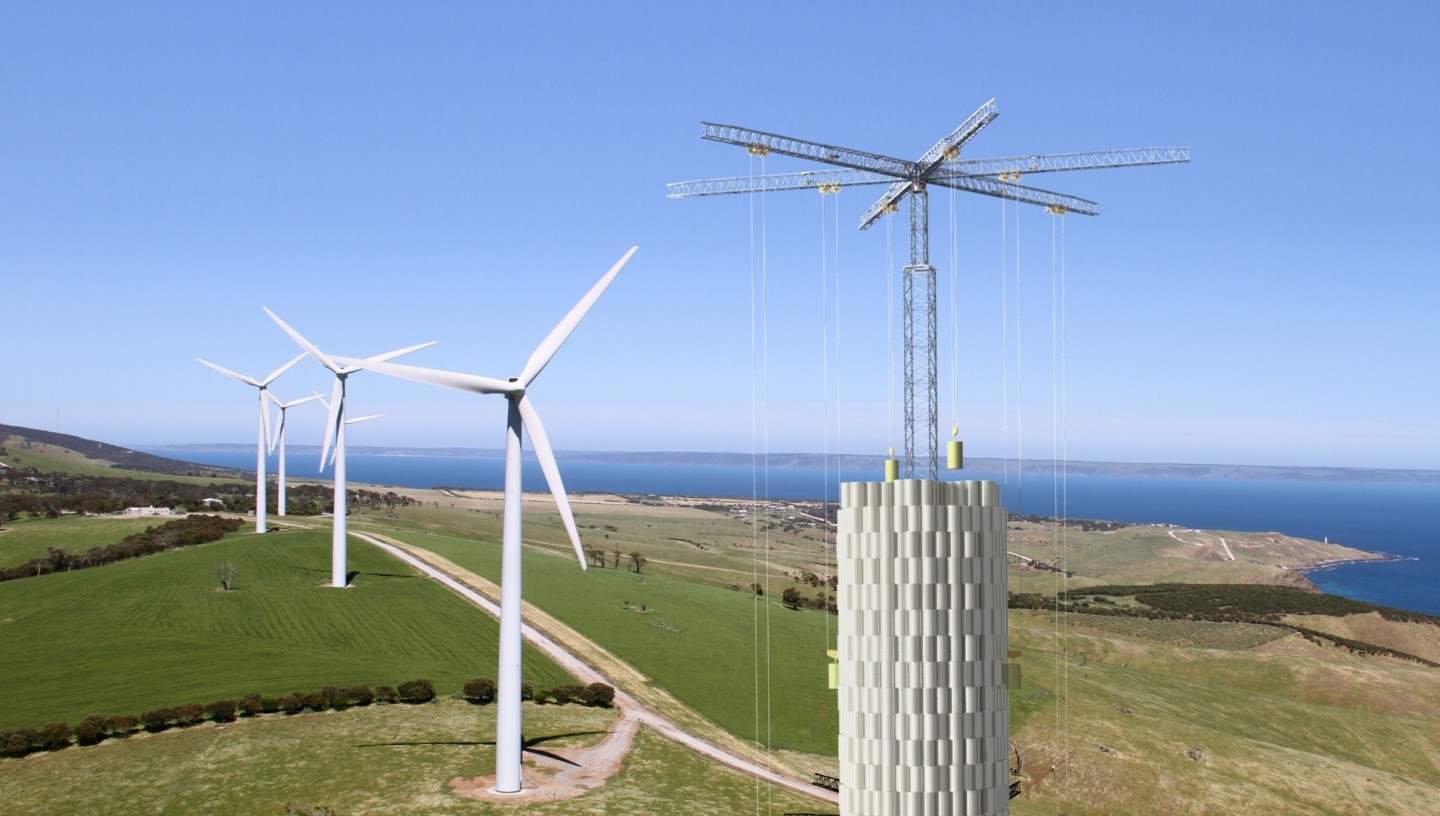
Less than seven weeks remain until the parliamentary elections of April 25th, and it seems that the election campaigns of all the competing political parties are in full swing. While there is an evident yawning chasm between the policies, principles, and beliefs of Prime Minister Rama and the leader of the opposition Basha, it appears that they also share some common ground. Both of them have promised the Albanian people swift action that will address Albania’s energy problems.
Albania is almost entirely dependent on hydropower for its electricity supply. On the plus side – this means that the carbon footprint resulting from energy production is minimal in the country. On the minus side – it also means that the country is defenseless to the changing climate, especially in the summer. When the hydropower plants are not operating – usually at periods of low rainfall – Albania is forced to meet its energy demands by importing power at high costs from its neighbors.
To combat this, the leader of the opposition Basha promises to increase the number of hydropower plants in the country if he is elected for office. Similarly, Prime Minister Rama takes pride in the fact that his government has doled out numerous hydropower concessions in the past few years. However, evidence suggests that increasing the number of power plants does not necessarily mean that Albania’s energy needs will be met.
As a matter of fact, according to the latest report by Instat, the supply of electricity decreased by 0.3% in 2020. The supply of electricity also decreased by 0.3% in 2019. That is because, despite the fact that there is an abundance of energy supply during the winters, the energy supply hits rock bottom during the hot Albanian summers.
This goes to show that the current political establishment is missing the point when it comes to solving Albania’s energy problems. It is clear that instead of focusing on increasing the number of hydropower plants, the country should focus on expanding its energy storage capacities. There is a plethora of technologies that different countries are currently using or are planning to use in order to increase their energy storage capacities.
Pumped Hydro
The most popular energy storage solution is called Pumped Hydro (PH). Pumped Hydro is not a very complex technology, as it only requires two reservoirs at different altitudes to operate. When the electricity demand is high or when there is a drought, the water is released from the upper reservoir to the lower reservoir, thus generating electricity. When the electricity demand is low, or when there is a high energy supply such as during heavy precipitation, the water is pumped back to the upper reservoir. This technology is very efficient, and according to the US Department of Energy, 95% of all the worldwide electric storage capacity is currently provided by PH facilities.
Block Stacking
Another technology that many countries such as Switzerland are currently trying to implement is called Block Stacking, a technology that is currently being developed by a company called Energy Vault. A full-scale Energy Vault plant, will resemble a 35-story crane with six arms, surrounded by thousands of 30-ton concrete blocks. When there is an energy surplus in the grid, the plant will pile the blocks around itself in the shape of a tower, like pieces of Lego; when there is a shortage of energy supply, the cranes will lower the blocks down, producing electricity from the rapid plunge.

There are many advantages that Block Stacking offers. Not only is it not dependent on land topography, but it also does not require billion-dollar investments in order to be implemented. Additionally, according to CEO and co-founder Robert Piconi, “the system operates at about 90 percent efficiency, and delivers long-duration storage at half the prevailing price on the market today.”
Underground Compressed Air
Underground Compressed Air is another technology that can certainly pay dividends if utilized by the Albanian government. Just like Pumped Hydro, this technology is fairly simple. When cheap, surplus electricity is available, the air is compressed and pumped into an underground formation that acts like a giant storage tank. When that energy is required, the compressed air is heated and released through a turbine that produces electricity. This technology has already been tried in several countries such as Germany, the UK, the United States, Canada, and India.
In the light of all the above-mentioned examples, it is clear that energy storage technologies are abundant. Whether they are implemented or not is a matter of political will. The Albanian people need a leader who realizes that damming the last pristine rivers of Europe will not solve Albania’s energy problems. It is high time that a robust energy storage infrastructure is established in Albania.

